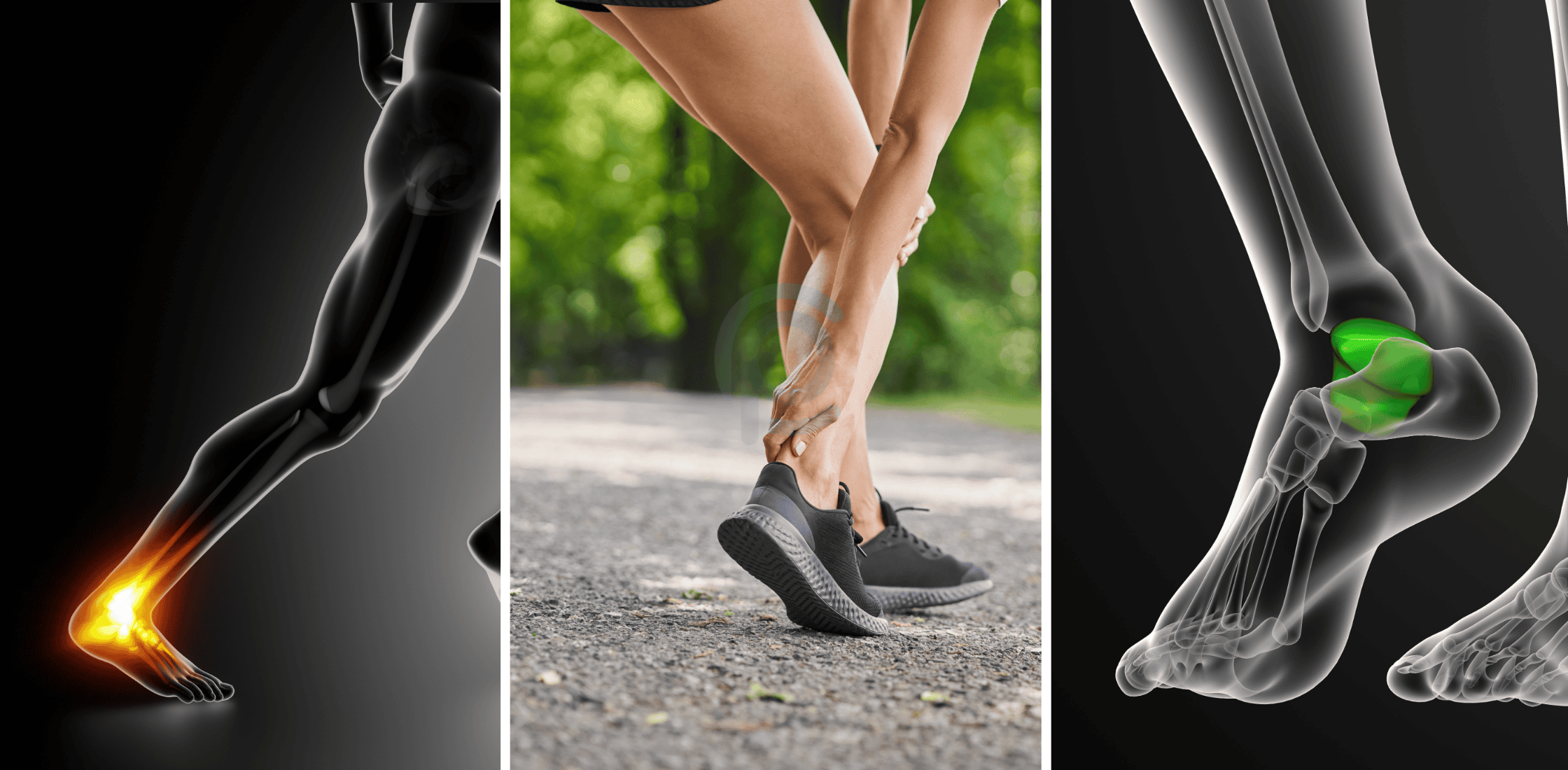Posture is more than just how we sit or stand—it directly impacts our overall health and well-being. Many people underestimate the effects of bad posture, but over time, it can lead to serious health complications, particularly in the spine. Poor posture puts excessive pressure on muscles, joints, and ligaments, leading to chronic pain, reduced mobility, and even organ dysfunction. Understanding the consequences of bad posture and learning the right posture for various activities can help prevent long-term health issues.
The Long-Term Effects of Bad Posture
| Effects | |
| Spinal Misalignment | Poor posture can lead to misalignment of the spine, causing chronic back and neck pain. This misalignment increases the risk of herniated discs and nerve compression. |
| Increased Pressure on Spinal Discs | Different positions exert varying levels of pressure on spinal discs. Lying flat on the back exerts the least pressure, while standing places moderate stress. Sitting, especially with poor posture, significantly increases disc pressure, and bending forward while sitting or lifting objects places the highest strain, increasing the risk of disc herniation and degeneration. |
| Muscle Fatigue and Weakness | Slouching over time weakens muscles, leading to muscle imbalances and increased strain on the body. |
| Joint Degeneration | Increased pressure on joints due to improper posture can lead to conditions like arthritis. |
| Reduced Lung Capacity | Slouching compresses the lungs, reducing oxygen intake, which can lead to fatigue and decreased concentration. |
| Digestive Issues | A hunched posture can compress abdominal organs, leading to digestive problems like acid reflux and constipation. |
| Increased Stress and Tension | Poor posture contributes to tension headaches and increased stress levels, affecting overall mental well-being. |
What Is Good Posture According to Recent Evidence in Physiotherapy?
Recent physiotherapy research suggests that good posture is not about maintaining a rigid, fixed position but rather about promoting movement, balance, and adaptability. Some key elements of good posture include:
- Dynamic Posture: Changing positions frequently rather than staying static for long periods.
- Neutral Spine Alignment: Keeping the spine in a natural position without excessive arching or flattening.
- Engaged Core Muscles: Supporting the spine through gentle core activation.
- Postural Awareness: Being mindful of body positioning and making small corrections throughout the day.
- Ergonomic Adjustments: Modifying workstations, seating, and movement patterns to suit individual needs.
| Activity | Correct Posture |
|---|---|
| Sitting | Keep feet flat on the floor with knees at a 90-degree angle. Maintain a straight back with shoulders relaxed but not slouched. Support the lower back with a cushion if needed. Keep the screen at eye level to prevent neck strain. |
| Typing and Writing | Keep wrists straight and elbows at a 90-degree angle. Use an ergonomic chair that supports the spine. Take breaks every 30 minutes to stretch and relax muscles. |
| Lifting Objects | Bend at the knees, not at the waist. Keep the back straight and engage core muscles. Hold the object close to the body to reduce strain. Avoid twisting the spine while lifting. |
| Bending and Reaching | Bend at the hips and knees rather than curving the spine. When reaching for objects, use a step stool if needed instead of stretching excessively. Engage core muscles to stabilize the back. |
| Standing | Keep weight evenly distributed on both feet. Stand tall with shoulders relaxed and chest open. Avoid locking the knees and shift weight slightly between legs when standing for long periods. |
| Sleeping | Use a supportive mattress and pillow that align the spine. Sleep on the back or side instead of the stomach. Keep knees slightly bent to reduce lower back strain. |
Bad posture may seem harmless in the short term, but over time, it leads to significant health problems. By practicing proper posture in daily activities, we can prevent spinal damage, muscle strain, and other long-term complications. Making small changes today can lead to better health, improved comfort, and increased longevity. Prioritize good posture—it’s an investment in your well-being!



